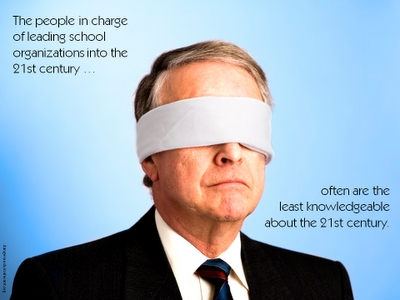 In the olden days (two years ago), I required my "Literature into Film" students to write a term paper as their final project. I still require a paper, but it is only one component to a project with four parts. My favorite part is the student created video.
In the olden days (two years ago), I required my "Literature into Film" students to write a term paper as their final project. I still require a paper, but it is only one component to a project with four parts. My favorite part is the student created video.Among their requirements:
* Shoot your review with the library Flip Mino or use a recorder at home. You will be marked down for using a computer camera designed for video chat. *Other production values include minimal ambient noise, no reactions to people off camera, undistracting dress (if informal, chic, not gumpy, informal). No mugging or clowning. Close properly * You may use prompt cards, but do not read a full script (Breezy, informal style). * Don't spend more than the first minute on plot. * Highlight the film's strengths and weaknesses. Be specific. * Conclude with a clear recommendation of the film (You are under no obligation to cheerlead). * Please submit your assignment on a thumb drive in a sealed envelope.
I provide students with some resources related to production values. But as is my custom, I spend very little time in class talking tech. I basically turn them loose and collect the thumb drives on the due date. Check out one of the best efforts from last semester:












